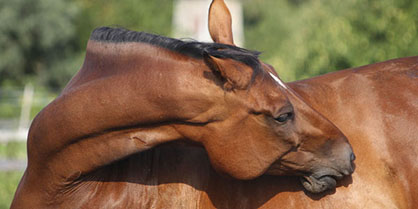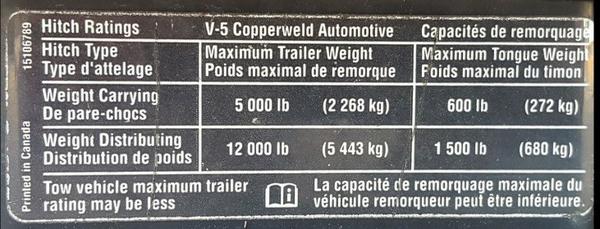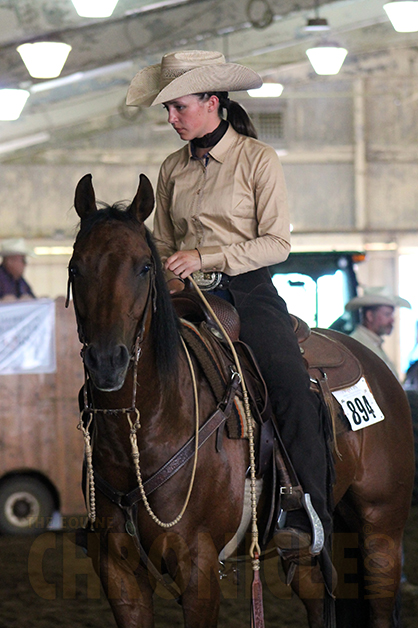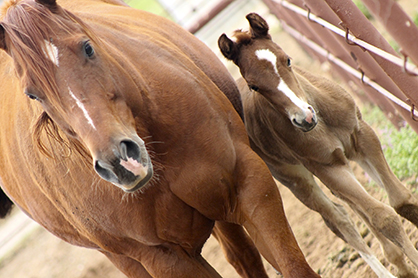
Often feed needs to be adjusted in the summer months. For example, horses can need additional supplementation to replace electrolytes lost in excessive sweating. Feed consumption can be lower on hotter days. Try feeding in the cooler parts of the day and speak to your veterinarian about adjustments to your nutrition program.
Continue reading …Stay on Top of Your Horse’s Health With Annual Wellness Exams
March 30, 2018 Comments Off on Stay on Top of Your Horse’s Health With Annual Wellness Exams
The ColiCare Annual Wellness Requirements are:
Physical exam performed by your veterinarian
Dental exam performed by your veterinarian
Vaccinations administered by a veterinarian
Deworming program developed with your veterinarian that includes at least one fecal test and two deworming administrations per year
Spring Tapeworm Control Important for Grazing Horses
March 29, 2018 Comments Off on Spring Tapeworm Control Important for Grazing Horses
In young horses, tapeworm infections can cause a potentially life-threatening condition known as intussusception, which is the telescoping of the intestine into itself.3
Continue reading …Western Pleasure Added to APHA’s Horse IQ Program
March 28, 2018 Comments Off on Western Pleasure Added to APHA’s Horse IQ Program
This is an innovative lesson that has two, four horse classes to judge with explanation, and over 30 movement clips to analyze with explanation.This lesson also provides examples of all gaits levels with explanation, and many more great lessons about what judges are looking for in western pleasure.
Continue reading …Little Lungs: The Effect of Ammonia in Foals
March 23, 2018 Comments Off on Little Lungs: The Effect of Ammonia in Foals
About 15 percent of all foals have severe respiratory disease before they reach the end of their first year, Harper says in a study. “It is important to reduce the level of ammonia in foaling stalls, and all stalls in barns where foals reside,” he writes.
Continue reading …Horse Trailer TERMS You Should Know
March 22, 2018 Comments Off on Horse Trailer TERMS You Should Know
GVW – The Gross Weight for the trailer is the trailer’s loaded weight to include horses, all equipment, hay/feed etc. A tow vehicle’s GVW includes passengers, fuel, fluids, and payload.
Continue reading …Pros and Cons- How the New 2018 USA Tax Law Could Affect Your Horse Business
March 21, 2018 Comments Off on Pros and Cons- How the New 2018 USA Tax Law Could Affect Your Horse Business
Notable equine law and tax attorney, Paul Husband will present a free webinar for all horse owners and equine business professionals on Monday, March 19th at 5:30 p.m. PST / 8:30 p.m. EST. Hundreds have already registered, and space is filling quickly. To reserve your spot, visit www.equestrianprofessional.com and click “Free Resources” or access the direct link at http://www.equestrianprofessional.com/public/Free-Webinar-Pros-and-Cons-How-the-New-USA-Tax-Law-Could-Affect-Your-Horse-Business.cfm\
Continue reading …Why is Tall Fescue Problematic For Pregnant Mares?
March 20, 2018 Comments Off on Why is Tall Fescue Problematic For Pregnant Mares?
Pregnant mares consuming endophyte-infected tall fescue can suffer an array of problems, including:
-Prolonged gestation and subsequent birthing difficulties:
-Abortion or stillbirth;
-Premature separation of the placenta, known as red bag;
-Thickened or retained placenta; and
-Decreased or absent milk production, including colostrum.

Fresh spring grass is very appealing, and horses can chomp through an incredible amount of forage in a relatively short time. So how can this readily available, appealing, natural forage be dangerous for some horses and ponies?
Continue reading …Mare Obesity Impacts Foal Health and Osteochondrosis
March 9, 2018 Comments Off on Mare Obesity Impacts Foal Health and Osteochondrosis
European researchers recently explored how mare obesity at time of artificial insemination impacted foals up to 18 months of age.
Continue reading …







